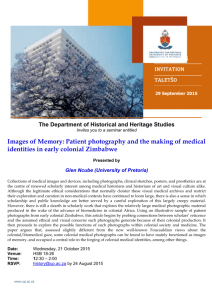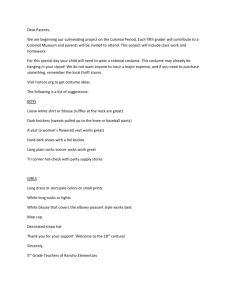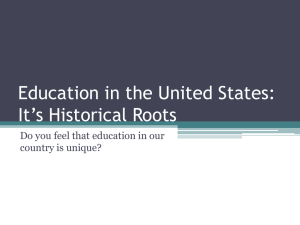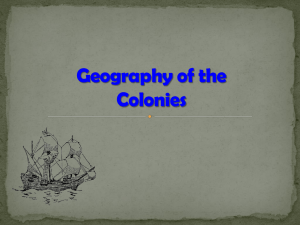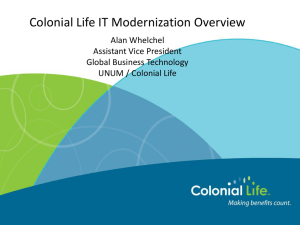Summary
advertisement
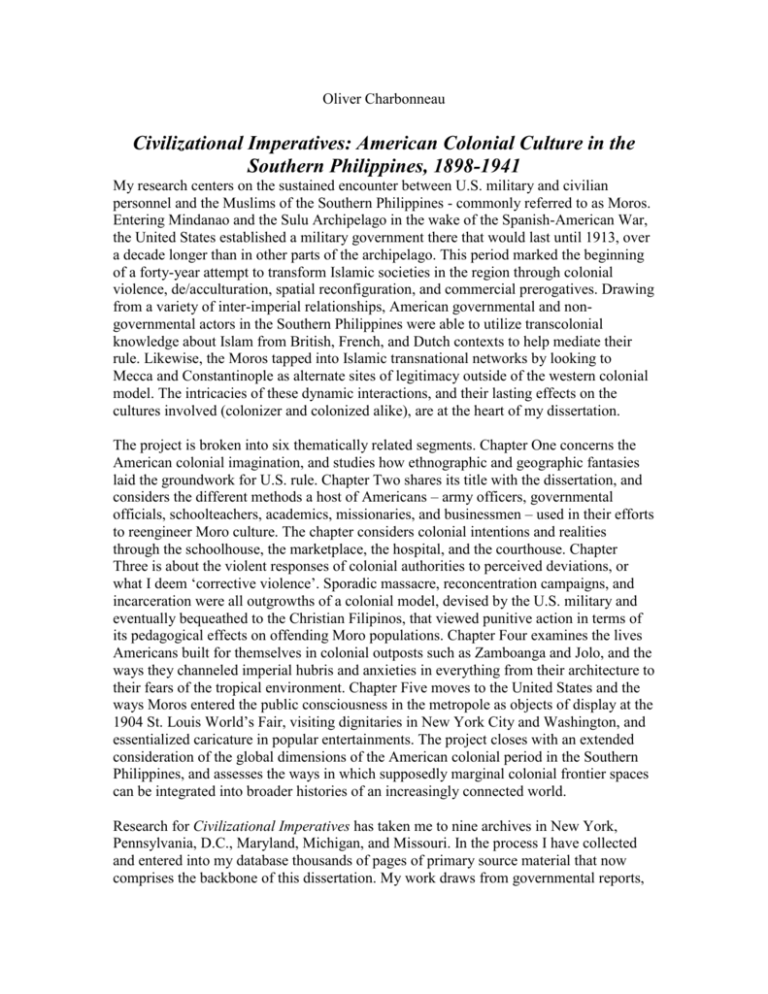
Oliver Charbonneau Civilizational Imperatives: American Colonial Culture in the Southern Philippines, 1898-1941 My research centers on the sustained encounter between U.S. military and civilian personnel and the Muslims of the Southern Philippines - commonly referred to as Moros. Entering Mindanao and the Sulu Archipelago in the wake of the Spanish-American War, the United States established a military government there that would last until 1913, over a decade longer than in other parts of the archipelago. This period marked the beginning of a forty-year attempt to transform Islamic societies in the region through colonial violence, de/acculturation, spatial reconfiguration, and commercial prerogatives. Drawing from a variety of inter-imperial relationships, American governmental and nongovernmental actors in the Southern Philippines were able to utilize transcolonial knowledge about Islam from British, French, and Dutch contexts to help mediate their rule. Likewise, the Moros tapped into Islamic transnational networks by looking to Mecca and Constantinople as alternate sites of legitimacy outside of the western colonial model. The intricacies of these dynamic interactions, and their lasting effects on the cultures involved (colonizer and colonized alike), are at the heart of my dissertation. The project is broken into six thematically related segments. Chapter One concerns the American colonial imagination, and studies how ethnographic and geographic fantasies laid the groundwork for U.S. rule. Chapter Two shares its title with the dissertation, and considers the different methods a host of Americans – army officers, governmental officials, schoolteachers, academics, missionaries, and businessmen – used in their efforts to reengineer Moro culture. The chapter considers colonial intentions and realities through the schoolhouse, the marketplace, the hospital, and the courthouse. Chapter Three is about the violent responses of colonial authorities to perceived deviations, or what I deem ‘corrective violence’. Sporadic massacre, reconcentration campaigns, and incarceration were all outgrowths of a colonial model, devised by the U.S. military and eventually bequeathed to the Christian Filipinos, that viewed punitive action in terms of its pedagogical effects on offending Moro populations. Chapter Four examines the lives Americans built for themselves in colonial outposts such as Zamboanga and Jolo, and the ways they channeled imperial hubris and anxieties in everything from their architecture to their fears of the tropical environment. Chapter Five moves to the United States and the ways Moros entered the public consciousness in the metropole as objects of display at the 1904 St. Louis World’s Fair, visiting dignitaries in New York City and Washington, and essentialized caricature in popular entertainments. The project closes with an extended consideration of the global dimensions of the American colonial period in the Southern Philippines, and assesses the ways in which supposedly marginal colonial frontier spaces can be integrated into broader histories of an increasingly connected world. Research for Civilizational Imperatives has taken me to nine archives in New York, Pennsylvania, D.C., Maryland, Michigan, and Missouri. In the process I have collected and entered into my database thousands of pages of primary source material that now comprises the backbone of this dissertation. My work draws from governmental reports, letters, diaries, newspapers, telegrams, unpublished manuscripts, novels and short fiction, radio programs, feature films, photography collections, advertisements, pamphlets, sermons, interviews, court documents, and other materials to create what I hope is a deeply textured portrait of an overlooked experience in the history of American colonial empire. I have spoken about my SSHRC-funded project at conferences in Toronto, London, Ann Arbor, and Rome. The proceedings of the last of these were recently published, including an essay I contributed. In addition to my work on American colonial empire, I have contributed to another SSHRC-funded project that examined interplays between historical study, augmented reality, and public education.


